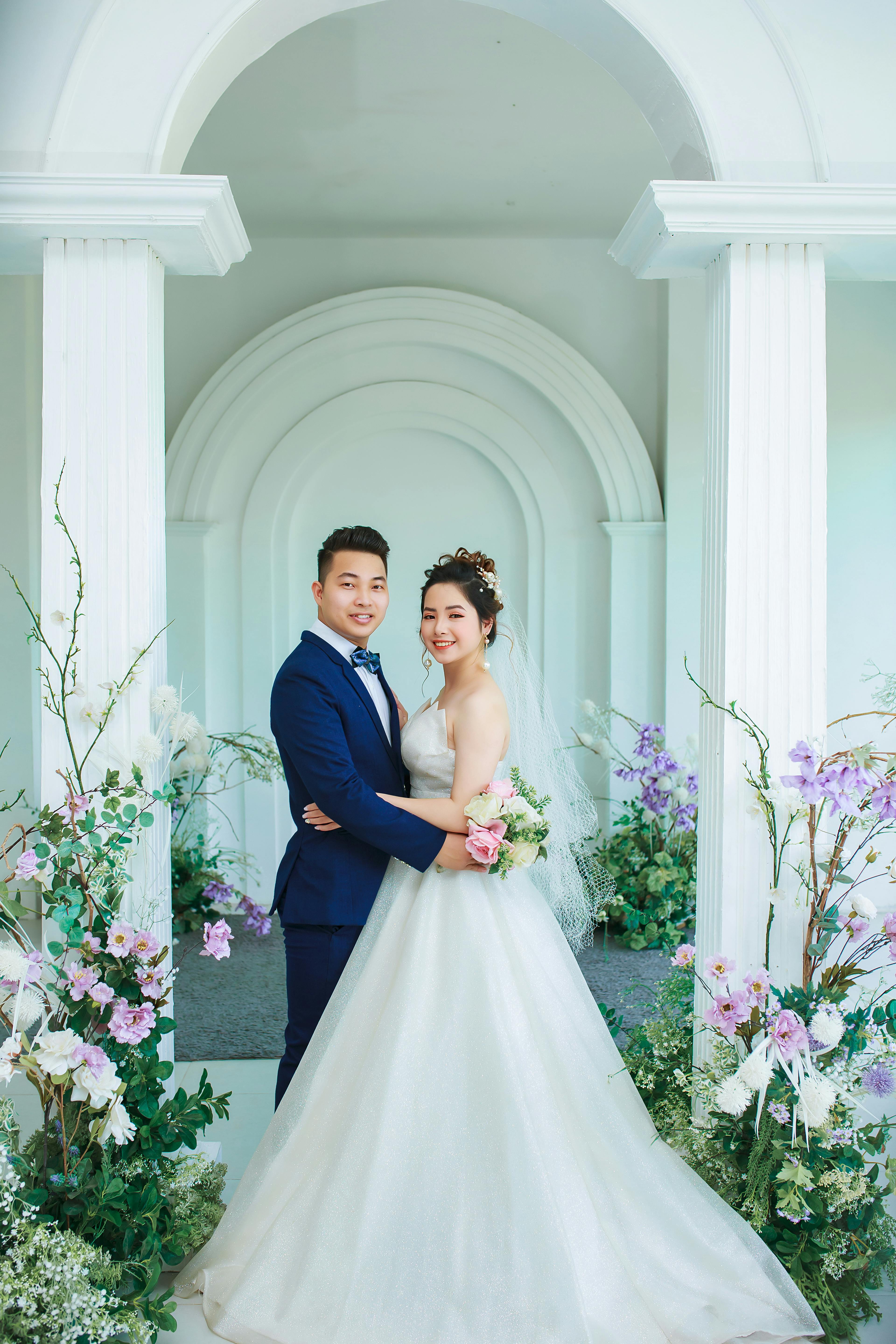
Importance of Editing in Photography: How Editing Impacts the Final Image

Introduction
Editing plays a crucial role in photography, significantly impacting the final image. It's the process that transforms a raw capture into a polished work of art, enhancing both the quality and storytelling of photographs. Whether you're a professional photographer, a hobbyist, or someone running a small business, effective editing can elevate your work and resonate with your audience, whether they’re individuals, families, or clients in various industries.
1. Understanding the Role of Editing in Photography
The Editing Process Defined
Editing involves a range of adjustments, from basic tweaks to advanced techniques that can change the look and feel of an image. Think of editing as a fundamental part of the photography workflow, bridging the gap between shooting and delivering the final product.
In my early days as a photographer, I often underestimated the importance of editing. I would take pride in getting everything perfect in-camera, but I soon realized that the editing process was where I could truly refine my vision.
Transforming the Raw Image
Editing is where the magic happens. It turns raw images into polished final products. Common adjustments include color correction, cropping, and retouching, which can dramatically improve the aesthetic and emotional appeal of a photo.
For instance, I once shot a wedding in challenging lighting conditions. The raw images had a blue tint from the venue’s overhead lights. Through careful editing, I was able to correct the colors and enhance the warmth, making the images feel inviting and joyous.
2. Enhancing Technical Quality

Correcting Exposure and Contrast
Adjusting exposure levels is critical to achieving balanced highlights and shadows. This step can breathe life into an image, making it more dynamic. Contrast adjustments add depth and dimension, making the image pop.
I vividly remember a landscape photo I took at sunset. The image was washed out, but after adjusting the exposure and increasing the contrast, the vibrant colors of the sky emerged beautifully.
Color Correction and Grading
Color correction ensures accurate and appealing colors, while color grading can set the mood and evoke specific emotions. For example, a warm color palette can create a feeling of comfort, while cooler tones might evoke tranquility or sadness.
In one of my portrait sessions, I experimented with color grading to achieve a dreamy effect. The right combination of hues transformed the image from ordinary to striking, illustrating how powerful color can be in storytelling.
Sharpening and Clarity
Applying the right amount of sharpening enhances detail without introducing artifacts. Clarity adjustments help define textures and features in the image. I learned this the hard way when I over-sharpened an image, resulting in an unappealing, grainy look.
Now, I focus on achieving just enough sharpness to highlight important details while keeping the image clean.
3. Elevating Creative Expression
Establishing a Unique Style
Editing allows photographers to develop a distinctive visual style. Consistency in editing choices reinforces brand identity, helping clients recognize your work at a glance.
A friend of mine is known for her vibrant, high-contrast edits. Her signature style not only attracts clients but also creates a strong brand presence that’s easily identifiable.
Creating a Narrative
Editing can shape the story behind the photograph and guide viewer interpretation. Techniques like emphasizing focal points or using vignettes can direct attention and enhance storytelling.
I once edited a series of images documenting a community event. By highlighting certain moments with light adjustments and cropping, I created a compelling narrative that drew viewers in.
Using Special Effects and Techniques
Creative editing techniques—such as double exposure, overlays, and filters—can enhance artistic vision while maintaining authenticity. However, it’s essential to use special effects judiciously to avoid overshadowing the subject.
I experimented with double exposure in one of my projects, layering a portrait with a cityscape. This creative approach added depth and intrigue, showcasing my artistic flair.
4. Tailoring the Final Image for Different Audiences
Understanding Client Expectations
Effective editing should align with clients’ preferences and expectations. Clear communication about their vision can help you deliver the desired outcomes.
For instance, I once worked with a real estate agent who wanted bright, airy images to attract buyers. By adjusting my editing style to match her preferences, I was able to deliver a portfolio that exceeded her expectations.
Adapting Editing Styles for Various Niches
Different photography genres often require different editing styles. Wedding photography might call for soft, romantic tones, while commercial work could benefit from a clean, sharp look. Being versatile in editing techniques is key to meeting diverse client needs.

Enhancing Marketing Materials
Editing can greatly improve images used in marketing materials, whether for social media, websites, or brochures. Presenting polished images effectively represents your brand and can attract more clients.
I’ve noticed a marked increase in engagement on social media when I post well-edited images. High-quality visuals grab attention and communicate professionalism.
5. The Technical Aspects of Editing
Software Choices
Choosing the right editing software is crucial. Popular options include Adobe Lightroom, Photoshop, and Capture One, each with unique capabilities. Selecting tools that fit your editing style and workflow can streamline the process.
I personally favor Lightroom for its batch processing capabilities, which save time on large projects.
File Management and Organization
Properly managing and organizing files can streamline your editing process. Regularly backing up images and maintaining version control is essential for keeping your workflow efficient.
The Impact of Resolution and Format
Resolution and file formats significantly affect the quality of the final image. Delivering high-quality images in the appropriate formats for clients is vital for professional presentation.
6. Case Studies and Examples
Before and After Comparisons
Showcasing raw images alongside their edited versions can illustrate the dramatic impact of editing. I’ve shared before-and-after examples on social media, which not only engages viewers but also educates them about the importance of post-processing.
Analyzing Edits
Taking time to analyze specific edits can reveal their effect on the final result. Whether it’s color correction, cropping, or contrast adjustments, understanding how these choices impact the image can enhance your editing skills.
Conclusion
In conclusion, editing is a vital component of photography that significantly impacts the final image. Mastering editing techniques can elevate your work and enhance client satisfaction. I encourage all photographers to invest time in developing their editing skills and finding their unique style.
With the right approach to editing, you can create stunning images that not only look great but also tell compelling stories.
If you’re a photographer looking for information on how to take your business to the next level visit https://photography.the302co.com/photographybusinesshelp-intro.
Subscribe to get notified of new content. Be the first to find out!